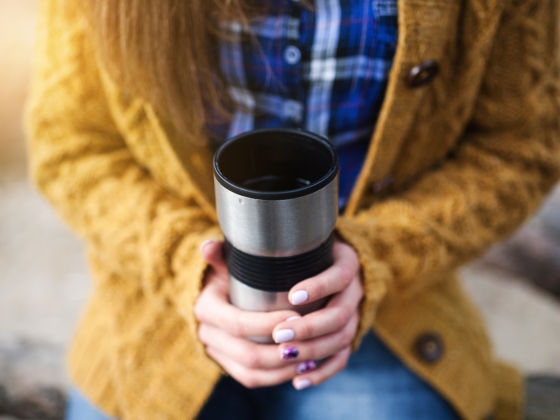Last year, in his narration of Blue Planet II, Sir David Attenborough calmly explained the brutal impact of plastic pollution on our oceans and its potentially devastating consequences. If we don’t act now, he warned, by 2050 there could be more plastic in the ocean than fish.
To my partner and I who were watching the documentary, it was not exactly a shock; we live three streets back from a beach where we frequently find ourselves picking up all sorts of plastics. But it did stir something within us.
So, we took matters into our own hands and committed to reducing the amount of plastic we consume, with the goal of eventually living plastic-free. 11 months later, we’re still working on our objective, but the steps we’ve taken have done more for us than we originally imagined. They’ve made us more mindful, forcing us to embrace a slower way of life and change how we think about many aspects of our lives.
